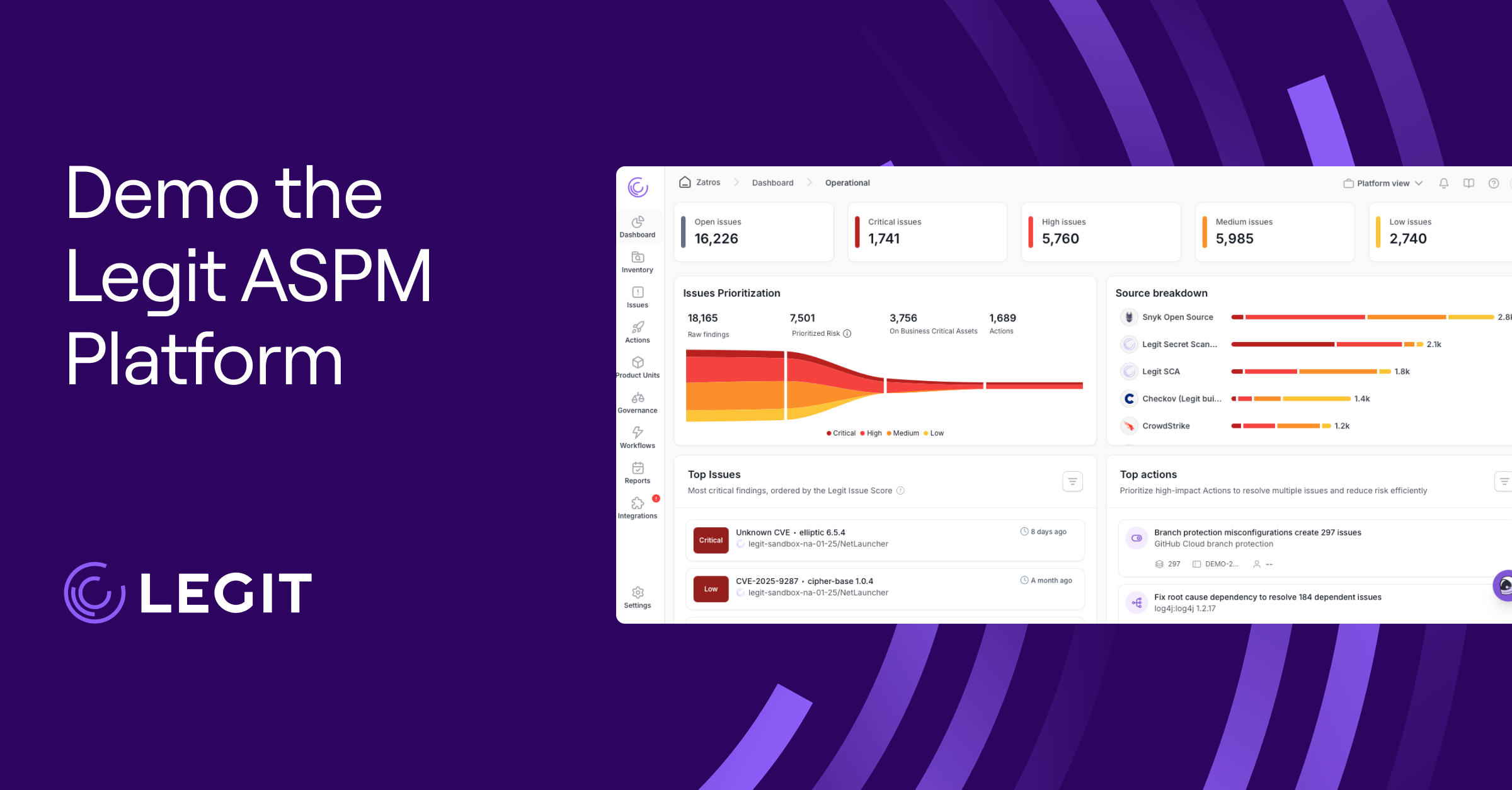You can’t improve your security unless you know where it currently stands. Dig into what works and what needs improvement with a security assessment report (SAR). This complete evaluation of your company’s systems and policies identifies vulnerabilities and assesses risk levels, letting you take proactive action against potential threats.
In this article, learn how to make a SAR, why they’re important, and what the key components are.
What Is a Security Assessment Report?
A SAR is a document summarizing a company’s security posture. They present the findings of a full security assessment, including vulnerabilities and a risk assessment that estimates the likelihood and impact of threats. These reports recommend specific actions to address the identified issues and strengthen security.
These documents shouldn’t be static. Regular evaluations keep your company safe against evolving threats, so it’s best to commit to regular assessments and update your SAR frequently.
Key Components of a Security Assessment Report
While the exact details depend on your processes, these are the fundamental elements of a SAR.
Summary
This is a high-level view of the SAR’s purpose and findings. This section should be concise so readers can quickly understand the report before they dive in. It should use straightforward language and avoid complex jargon so every stakeholder can understand it.
Methodology
This part describes how the team conducted the assessment, including the techniques and software. Detailing the approach helps readers interpret the data. For example, you might explain your risk categorization so stakeholders can instantly spot high-priority issues.
Results and Recommendations
The results list the team’s findings and proposed strategies to address them. It should be a succinct description of the risks, the system they affect, and potential consequences. This section should include actionable moves to mitigate or fix each issue.
Risk Assessment
Risk assessments rank issues based on potential impact and probability. They should be in-depth yet easy to read, so they’re generally laid out in a color-coded table. This provides deep insights at a glance, letting stakeholders quickly understand which risks are the highest priority.
Conclusion
This summary rehashes the report and outlines clear next steps. While this is mainly an overview to wrap-up the team’s finding, it might call out the most critical vulnerabilities specifically, to reinforce their severity.
The Importance of Conducting Security Assessment Reports
Committing to regular assessments provides visibility into your security posture, so you can stay ahead of evolving threats. Here are a few reasons to update your SAR frequently:
- Strategic prioritization: SARs help you prioritize security risks based on their severity and potential impact. By addressing the most critical vulnerabilities first, you minimize the consequences of risks that do come along.
- Informed decision-making: With detailed insights into security weaknesses, leadership can make data-driven decisions about where to allocate resources and which areas need immediate attention.
- Protecting reputation: A security breach can not only damage an organization’s financial standing but also its reputation. By identifying and mitigating vulnerabilities early, SARs show that you did everything you could and protect you from the fallout of cyberattacks.
- Regulatory compliance: Many industries have stringent security regulations, and SARs help you demonstrate compliance by documenting your plans and standards.
Standards for Security Assessment Reports
Expected standards vary across industries. Here are a few examples to keep in mind:
- NIST SP 800-115: The National Institute of Standards and Technology (NIST) Special Publication 800-115 provides a comprehensive guide for conducting technical security assessments. NIST standards are primarily for government agencies in the U.S., but various industries adopt them due to their rigorous approach to cybersecurity. This publication’s procedures include network testing, vulnerability scanning, and penetration testing.
- OWASP Testing Guide: The Open Web Application Security Project (OWASP) Testing Guide offers a detailed framework for assessing web applications. This guide is particularly useful for organizations with complex application environments because it focuses on identifying and mitigating web-based vulnerabilities. Unlike NIST, OWASP is a community-driven project that focuses exclusively on application security, making it especially valuable for industries that rely heavily on web services.
- ISO/IEC 27001: The International Organization for Standardization (ISO) and the International Electrotechnical Commission (IEC) developed ISO/IEC 27001 as a global standard for managing information security. It outlines best practices for establishing, implementing, and maintaining an information security management system (ISMS), demonstrating a commitment to a systematic and risk-based approach to security.
How to Make a Security Assessment Report?
Here are a few steps to add to your security assessment checklist so you can generate an accurate report every time.
1. Select a Template
A premade template ensures you hit on every critical component so nothing slips through the cracks. It encourages consistency over time, letting you examine the same details and monitor ongoing issues, creating a tighter historical record. Plus, it helps you launch assessments quickly without assembling one from scratch.
Look for a template with the sections we outlined above. While your exact needs may vary, those areas are always a good place to start.
2. Assess Existing Assets and Control Mechanisms
Determine which systems you’ll be assessing. This might include hardware, software, and sensitive data. Then, consider your company’s current control measures, like firewalls and monitoring tools.
Understanding your assets and protection systems give you a baseline. For example, a bank might evaluate a customer database and the detection program that flags suspicious activity.
3. Evaluate Potential Threats
Explore possible risks that affect your specific systems. This might involve vulnerability scanning and penetration testing. Team members might also need to dig into code and use their best judgment to discover weaknesses.
If you have historic data, read past reports for insights into past issues. Your team might also find useful information in public SARs from relevant companies.
4. Analyze Vulnerabilities
Study the results of your threat evaluation and rank each issue based on probability and severity. This step gives team members and stakeholders context and helps them prioritize risks. For instance, outdated payroll software may have high impact and probability, as bad actors could break in and access employee data. On the other hand, a low-risk, low-likelihood issue is a chat program missing a recent update. This might slightly affect workflow efficiency, but the effects aren’t as damaging.
5. Create a Mitigation Plan
Design a plan to address the identified weaknesses. This could include patching software, tightening security policies, and conducting staff training.
Prioritize strategies based on each risk’s threat level to ensure you target the most impactful issues first. This plan should include an overview of the recommended steps, but it’s best to link out to the full plan for in-depth instructions. A comprehensive mitigation strategy should list details like teammate responsibilities and task deadlines, and these may clutter your SAR.
Enhance Your Security Assessments With Legit Security
Maintaining accurate SARs can seem daunting, but the right tools lift the burden. Legit Security’s Application Security Posture Management platform was built to simplify the process, helping teams retain visibility into their assets and control measures.
Automate vulnerability detection and learn where your company stands without manual effort. Legit Security manages assessments for you, providing a strong security posture (and peace of mind) with less time and effort.
Book a demo to see how Legit Security bolsters protection and provides real-time visibility for your security team.
Download our new whitepaper.


